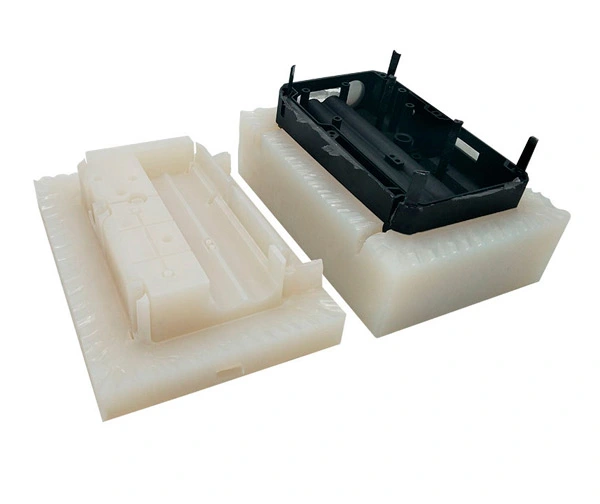Sheet metal fabrication is an industry term. To understand it simply, it is to process different sheet metal materials into desired shape & surface finish sheet metal parts.
High-precision sheet metal processing tolerance range: bending: -+/-0.1mm, CNC machining: -+/-0.1mm, laser cutting -+/-0.1mm
Following are Common processes of Sheet Metal Fabrication:
Generally, the first step of sheet metal fabrication is cutting, in this process, flat metal plate is cut to the required size and shape by cutting tools. There are several ways of cutting, includes laser cutting, shearing, punching, etc. Among them,Laser cutting is one of the most common cutting methods in sheet metal processing. The metal stainless steel and other plates are laser cut into the required size according to the specifications for later use. This process is also called blanking.
The second step of sheet metal fabrication is precision sheet metal bending, which means bending the metal sheet which has been cut into required shape. It needs to notice that bending parts have a minimum bending radius. When the material is bent, the outer layer is stretched and the inner layer is compressed on the fillet area. When the thickness of the material is constant, the smaller the inner bending radius, the more severe the stretching and compression of the material; when the stretching force of the outer layer exceeds the limit of the material, fracture and snapping will occur.
Assemble the metal plates into a complete products. The assembly process may includes welding, riveting, brazing, etc.
For welding, there are mainly ways: arc welding and gas welding.
Arc welding: it has the advantages of flexibility, maneuverability, wide applicability, and all-position welding; the equipment used is simple, durable, and low maintenance costs. However, the labor intensity is high and the quality is not stable enough, depending on the level of the operator. It is suitable for welding carbon steel, low alloy steel and copper, aluminum and other non-ferrous alloys with a thickness of more than 3mm.
Gas welding: The temperature and properties of the gas welding flame can be adjusted. Compared with arc welding, the heat source is wider than the heat-affected zone, the heat is not as concentrated as the arc, and the productivity is low. It is applied to the welding of thin-walled structures and small pieces, and can weld steel, cast iron, aluminum, copper and other materials. alloy, hard alloy, etc.
Finally, the last step of sheet metal fabrication is surface finish. If the assembly has welding, riveting, the parts must be polish and clean and must have a good surface treatment. Common surface finishes for sheet metal fabrication services are as follows:
Pre-polishing is the process of using a hard polishing wheel to treat the surface of the polished stainless steel sheet metal parts, which can remove the rough marks on the grinding surface. Fine polishing uses a soft surface to further process the pre-polished surface, remove the traces left by the pre-polishing, and obtain a bright mirror surface.
The mercerizing effect is the process of using the brushing wheel installed on the polishing machine to process the surface of the stainless steel sheet metal parts to obtain decorative silk brushing and satin finishing effects.
Sand blasting effect, using compressed air flow to spray sand or steel shot, glass shot and other abrasives on the surface of stainless steel sheet metal part to make it appear uniform and beautiful, slightly rough sandy surface.
By spraying, high-temperature baking, etc., a layer of paint of various colors is sprayed on the surface of the sheet metal material to beautify the appearance and increase the anti-corrosion performance of the material (Generally there are two kinds of liquid baking varnish and powder baking varnish).
Through chemical reaction, it is a commonly used surface treatment method to attach a layer of other metals on the surface of sheet metal parts to increase the anti-corrosion performance of the metal and achieve a certain beautification effect, such as electro-galvanizing and electro-nickel plating.
Oxidize the metal on the surface of sheet metal parts to form a dense protective film on the surface of the workpiece to increase the corrosion resistance of the workpiece. Generally, there are two methods: chemical oxidation and anodic oxidation.


 EN
EN
 ja
ja  ko
ko  fr
fr  de
de  es
es  it
it  pt
pt  ar
ar  tr
tr  iw
iw 







